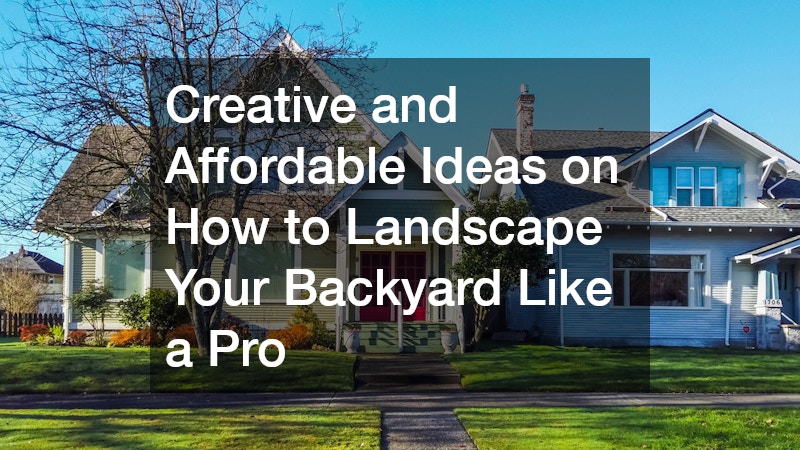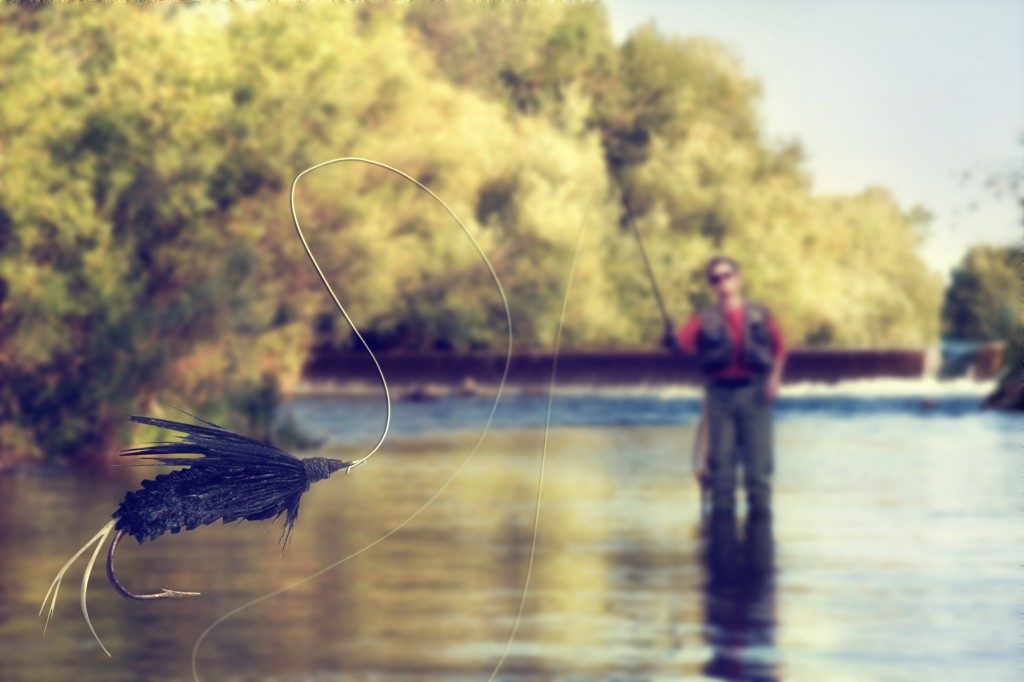Transforming your backyard into a beautiful, functional retreat doesn’t require a massive budget or professional landscapers. With a bit of creativity, strategic planning, and resourcefulness, you can design a stunning outdoor space that reflects your personal style and enhances your home’s appeal. Learning how to landscape your backyard effectively begins with understanding your space, defining your goals, and using materials and plants that offer long-term value.
Backyard landscaping isn’t just about visual appeal—it’s about creating an environment that supports relaxation, entertainment, and connection with nature. From lush greenery and seating areas to lighting and pathways, every element plays a role in how your yard looks and feels. The best part? Many professional landscaping techniques can be recreated on a budget with a few DIY tricks and the right materials.
In this guide, you’ll discover creative and affordable ideas on how to landscape your backyard like a pro. Whether you have a spacious yard or a compact outdoor area, these expert-inspired tips will help you make the most of your space without overspending.
1. What Are Some Budget-Friendly Landscaping Ideas for My Backyard?
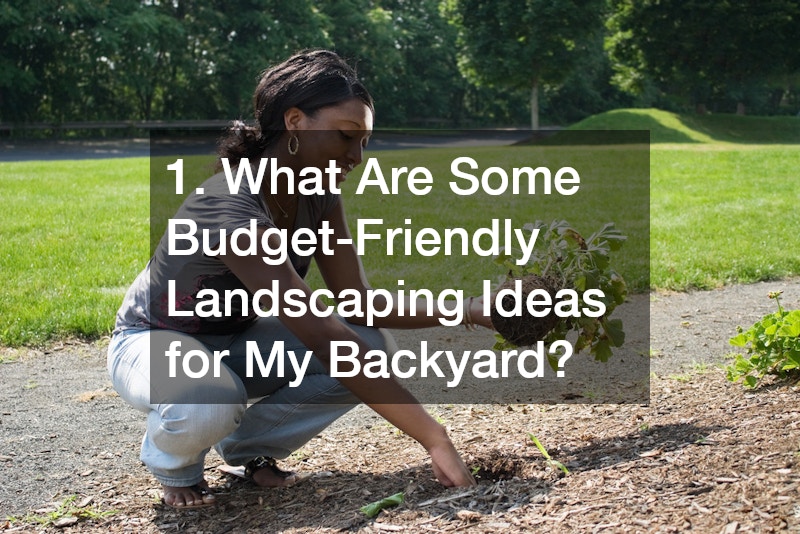
Starting your landscaping project doesn’t have to mean draining your wallet. Budget-friendly backyard makeovers often rely on clever design, repurposing materials, and doing a bit of the work yourself. Local paving service providers, for instance, can offer affordable solutions for walkways or patios using recycled pavers or concrete slabs. These small additions can dramatically improve your backyard’s structure and usability.
Planting native species is another cost-effective strategy. Native plants are typically easier to maintain, require less water, and are naturally resistant to local pests. You can also save money by growing plants from seeds or cuttings instead of buying mature plants.
Repurpose old materials—such as reclaimed wood for garden borders or leftover stones for pathways—to give your backyard a rustic, eco-friendly charm. DIY mulch made from shredded leaves or bark is another low-cost way to enhance soil health and improve your garden’s appearance.
Ultimately, the key to affordable landscaping lies in thoughtful planning. Start small, focus on one section at a time, and choose projects that add both beauty and function to your outdoor space.
2. How Can I Create a Focal Point in My Backyard?
Every beautifully landscaped backyard has a focal point—a visual anchor that draws the eye and gives the design purpose. Whether it’s a deck, a water feature, or a vibrant flower bed, a well-defined focal point can instantly elevate your yard’s appeal.
A freshly painted deck can become that centerpiece. Hiring a local deck painter or taking on the project yourself can breathe new life into an old structure. Choose paint or stain colors that complement your home’s exterior and garden palette for a cohesive look.
Other ideas for focal points include an outdoor sculpture, a pergola wrapped in climbing vines, or a statement planter. You can even create a visual centerpiece using a simple DIY fire pit or a small seating nook surrounded by greenery.
When designing your focal point, consider how it interacts with the rest of your space. It should be visible from multiple angles and balanced with supporting features like lighting, plants, or pathways that guide the eye naturally toward it.
3. What Are Some Ways to Increase the Privacy of My Backyard?
Privacy is a top priority for many homeowners looking to turn their backyard into a personal oasis. The good news is that you can enhance seclusion without expensive fences or walls.
A stamped concrete patio installation not only adds texture and visual appeal but can also serve as the base for privacy elements like pergolas, trellises, or vertical gardens. Trellises with climbing plants such as ivy or jasmine provide both beauty and coverage.
Hedges, bamboo screens, and tall grasses like ornamental miscanthus can also offer natural barriers. For a more modern look, consider slatted wood panels or decorative metal screens that allow airflow while blocking sightlines.
Strategically placing tall potted plants around seating areas is another easy and affordable way to create private zones. Combine these elements with soft outdoor lighting to transform your backyard into a cozy, secluded retreat perfect for relaxation or entertaining.
4. How Can I Improve the Seating Areas in My Backyard?
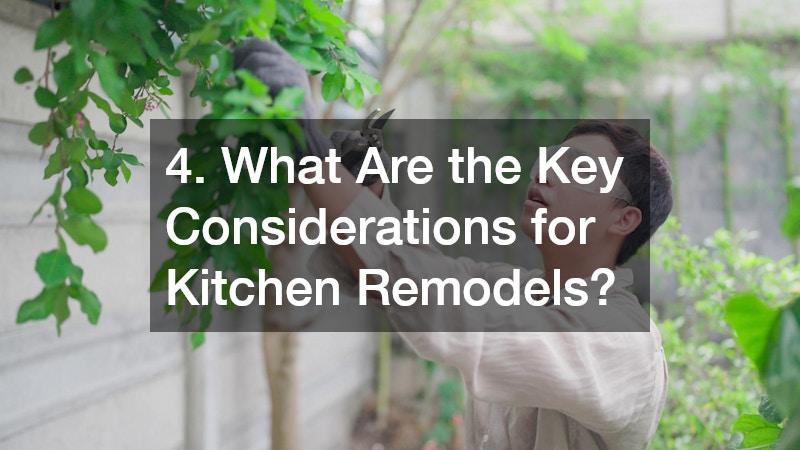
A well-designed seating area can make your backyard feel like an outdoor extension of your living room. Start by defining the purpose—whether it’s for dining, lounging, or social gatherings. Arrange furniture to encourage conversation and comfort while taking advantage of natural views and shade.
Incorporating a hot tub or spa, with the help of a hot tub company, can instantly upgrade your seating area, providing both luxury and relaxation. Surround it with soft lighting, privacy screens, or wooden decking to create a resort-like atmosphere.
For a budget-friendly approach, consider DIY seating options like benches made from reclaimed wood or concrete blocks. Add outdoor cushions and throw blankets for a touch of comfort and color.
Don’t forget about shade solutions—pergolas, umbrellas, or shade sails can keep your seating areas comfortable year-round. With a balance of style and practicality, your backyard seating area can become the most inviting spot in your home.
5. What Are Some Low-Maintenance Landscaping Options?
Not everyone has the time for weekly lawn maintenance, which is why low-maintenance landscaping has become increasingly popular. Partnering with a pool contractor can help design water-friendly landscapes that minimize upkeep while maximizing enjoyment.
Replace high-maintenance grass lawns with drought-resistant plants, gravel, or artificial turf. Native plants, succulents, and perennials are excellent choices since they thrive with minimal watering and care.
Using mulch and ground cover plants helps retain soil moisture, suppress weeds, and reduce the need for frequent watering. Installing an automatic irrigation system is another smart investment that ensures your plants stay healthy without constant attention.
When it comes to hardscaping, materials like stone, brick, or concrete require little maintenance and last for years. A mix of functional design and durable materials ensures your backyard remains beautiful and easy to care for, freeing up your weekends for relaxation instead of yard work.
6. How Can I Incorporate Lighting into My Backyard Design?
Outdoor lighting can completely transform the ambiance of your backyard. Whether you’re illuminating pathways, highlighting plants, or setting the mood for evening gatherings, proper lighting adds safety and sophistication.
After pool renovations, for instance, lighting can emphasize water features and enhance nighttime enjoyment. Use LED lights for energy efficiency and longevity, and consider solar-powered options to save on electricity costs.
Layered lighting is key: combine ambient lighting (like string lights or lanterns) with task lighting (for seating areas or walkways) and accent lighting (to showcase plants or architectural features).
To achieve a professional look, hide wiring and position lights strategically to prevent glare. Warm, soft lighting creates a cozy atmosphere, while cool-toned lights lend a contemporary feel. Thoughtful illumination ensures your backyard remains inviting long after sunset.
7. What Are Some Ideas to Create an Eco-Friendly Backyard?
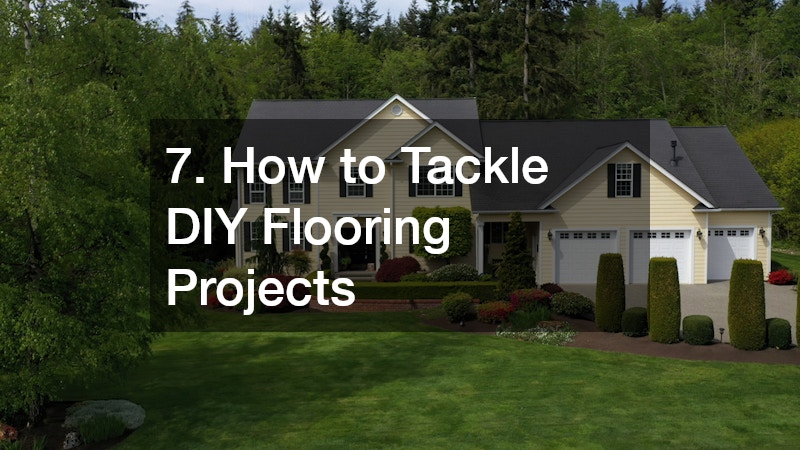
Designing an eco-friendly backyard benefits both the environment and your wallet. Sustainable landscaping practices focus on reducing water usage, minimizing waste, and supporting local ecosystems.
Start by using a garden hose with a nozzle that controls water flow efficiently. Install rain barrels to collect runoff from gutters for garden watering. Choose drought-tolerant plants and native species that thrive in your climate without excessive watering or fertilizers.
Composting is another excellent eco-friendly practice. It reduces household waste and provides nutrient-rich soil for your plants. You can also create natural shade using trees or climbing plants, which help cool the environment and reduce the need for energy-intensive outdoor cooling systems.
Use recycled or reclaimed materials for pathways, planters, and garden decor. Even small changes, like replacing chemical fertilizers with organic compost or using solar-powered lighting, can make a significant environmental impact while keeping your yard beautiful and sustainable.
8. How Can I Incorporate Water Features into My Backyard?
Water features bring a sense of tranquility and elegance to any backyard, creating both visual beauty and a soothing auditory experience. From fountains and ponds to waterfalls and birdbaths, these additions introduce sound, movement, and life into your outdoor space, transforming it into a peaceful retreat. The gentle trickle of water can mask unwanted noise from traffic or neighbors, enhancing the serenity of your environment.
Professional landscaping companies can design and install custom water features that perfectly complement your yard’s layout and aesthetic. Whether it’s a modern geometric fountain or a natural rock waterfall, professional installation ensures balance, proper drainage, and long-term durability. However, you don’t need to break the bank to enjoy the benefits of water features. Many DIY options are both affordable and easy to maintain. Pre-formed pond liners, solar-powered fountains, and container water gardens can all be created with minimal tools and effort, making them ideal for smaller spaces or limited budgets.
When adding a water feature, consider its scale and surroundings. It should harmonize with your existing landscape, blending seamlessly with plants, stones, and structures. Incorporating subtle lighting can make the feature a stunning focal point after sunset, while low-maintenance, self-contained fountains ensure convenience. Beyond aesthetics, a well-placed water feature enhances biodiversity by attracting birds, butterflies, and pollinators—adding life, color, and natural charm to your backyard sanctuary.
9. What Are Some Ways to Decorate Small Backyards?
Small backyards present unique challenges, but with smart design, they can feel spacious, welcoming, and highly functional. Start by decluttering—sometimes calling tree removal services to eliminate overgrown vegetation can open up the space dramatically and bring in more natural light. Removing or trimming large trees and shrubs can also improve airflow and make your yard appear more expansive.
Use vertical gardening techniques to maximize limited space. Wall planters, hanging pots, and trellises allow you to grow flowers, herbs, or vegetables without sacrificing ground area. Incorporating tiered garden beds or shelving units can also create layers of greenery, adding depth and visual interest. Multi-functional furniture, such as benches with built-in storage or foldable dining sets, helps maintain organization while saving space for movement and activities.
Mirrors and reflective surfaces can visually expand small yards by bouncing light around the area. Light-colored paving stones, fences, and furniture make the yard feel open and bright. Incorporate compact focal points—like a small fire pit, tabletop fountain, or modern sculpture—to add personality without overwhelming the design. Subtle lighting, such as string lights or solar-powered lanterns, can also make the space feel cozy and inviting after sunset.
The key is to balance functionality and aesthetics. Every inch counts in a small backyard, so choose elements that serve multiple purposes, maintain harmony, and reflect your personal style for a clean, unified, and visually pleasing outdoor retreat.
10. How Do I Maintain My Landscaped Backyard on a Budget?
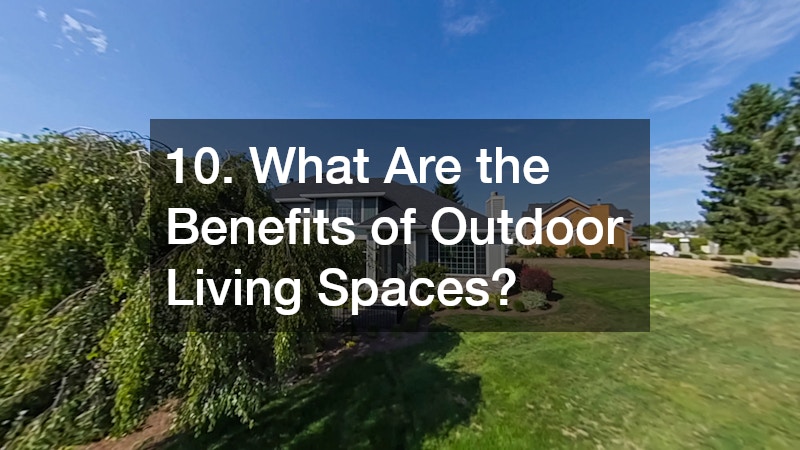
Maintaining your beautifully landscaped backyard doesn’t have to be costly or time-consuming. Simple, consistent care goes a long way in preserving its appearance and functionality.
Regular pruning and trimming, possibly with help from tree services, keep plants healthy and prevent overgrowth. Mow your lawn at the proper height to encourage strong root growth and reduce water needs.
DIY composting and mulching can replace expensive fertilizers while improving soil quality. Grouping plants with similar watering requirements helps conserve water and simplifies irrigation.
For hardscape maintenance, sweep and clean pavers or decking regularly to prevent buildup and discoloration. Check lighting fixtures and repair small issues before they become costly problems.
Budget-friendly upkeep is all about prevention—addressing minor issues early keeps your backyard looking fresh and professional without the need for major repairs.
Landscaping your backyard like a pro is entirely achievable with a balance of creativity, planning, and cost-effective choices. By incorporating the strategies outlined above—from budget-friendly designs and eco-conscious choices to lighting, privacy, and seating ideas—you can transform any backyard into a beautiful, inviting retreat.
Learning how to landscape your backyard doesn’t just improve curb appeal; it enhances your lifestyle, providing a relaxing outdoor haven for family and friends. Whether your goal is a lush garden, a low-maintenance escape, or a modern entertainment space, these expert-backed tips empower you to bring your vision to life without overspending. Start small, stay consistent, and enjoy the rewards of a thoughtfully designed backyard that feels uniquely yours.

